Three hours after boarding a train near Amsterdam, I stepped into the medieval town of Maastricht, which perks up around this time every year since The European Fine Art Foundation, or TEFAF, began in 1988. I joined the throngs of collectors, dealers, students, and art lovers in the wings. And then the doors opened to the world’s most lavish art fair, featuring exquisite fine art, antiques, jewelry and other treasures from more than 260 dealers.
TEFAF is as well known for putting on a spectacle as it is for its rigorous vetting process. To ensure that collectors can buy with highest confidence, a committee of 175 experts in various categories painstakingly examines each work for authenticity, condition, and quality. They employ XRF technology, and TEFAF was the first fair to incorporate The Art Loss Register. Furthermore, the fair is by invitation only: a gallery must have a fine pedigree in order to participate. Official categories include paintings, antiques, modern works, manuscripts, classical antiquities, haute joaillerie, design, and paper-based works. I was surprised at the diversity I encountered within these areas: modern sculpture, Uruguayan equestrian gear, Renaissance leather wall panels, Chinese porcelain, Iznik tiles, seventeenth-century metalwork, Japanese prints, Australian aboriginal art, and contemporary ceramics.
Though the fair’s calling card is Old Master paintings, the exhibition design boasted a modern flair, with sharp edges, sweeping high walls, a color palette of black, white, and gray, and a large-scale contemporary work adorning the entrance (Figure 1).

With a nod to the host country, enormous vases of fresh tulips were placed in every aisle to contrast the hard edges. The avenues and squares were named for familiar Western landmarks: Sunset Boulevard, Place de la Concorde, Piazza di Spagna, and Champs-Élysées. There was no connection, however, between the themed street names and the stands lining them. In fact, each booth strove to distinguish itself from the others by means of texture, installation, mood, and architecture. One gallery had two floors at its disposal, other galleries required visitors to wend their way around precious antiques and into dim corners, as if recreating the act of exploring a cabinet of curiosities. Still others were washed in pastel-mint hues or bedecked in rich embossed velvet, and many galleries could not resist the clean white cube. Several exhibitors ingeniously displayed iPads programmed with slide shows of manuscript pages, artists’ books, and photographic albums, a clever technological option for museums.
A hidden gem at this year’s TEFAF was one such album, “Photographs from the Life,” containing 75 images by Julia Margaret Cameron at Hans P. Kraus, Jr. Fine Photographs (asking price $6.5 million). Each work in impeccable condition, preserving both sharp detail and atmospheric softness, sequenced together in a series of moving portraits that are Cameron’s hallmark, making this a piece a worthy investment.
The relatively new paper section successfully attracted foot traffic thanks to a mini-exhibition of Van Gogh drawings strategically placed for this purpose. Galleri K, also in the paper section, instantly lured people into its stand with staggeringly detailed large format photographs by Andreas Gursky, Candida Höfer, Thomas Struth, and Thomas Demand (Figure 2).
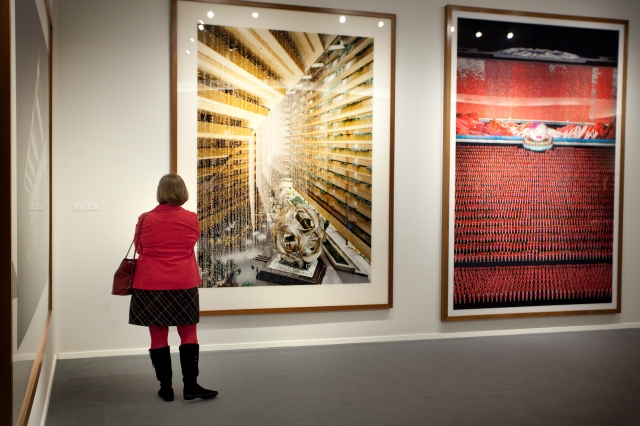
In the modern section, Sperone Westwater mesmerized onlookers with its display of dazzling pieces by Damien Hirst, Ali Banisadr, and Nabil Nahas (Figure 3).

One had to edge her way through the masses huddled before a wall of Goya lithographs at Frankfurt-based gallery Kunsthandlung Helmut H. Rumbler. Belgian artist Fred Eerdeken, represented by Patrick Derom Gallery, provided a quirky element to the show with his refreshingly simple concept of creating words in shadow by means of wires implanted in a wall.
The sheer variety of the show, elegance of the exhibition design, museum-quality condition and installation of the pieces, and juxtaposition of genres united to create an atmosphere pulsing with excitement. Several dealers and assistants whom I queried about this year’s TEFAF responded with enthusiasm and positivity about sales and interest from buyers. There was a slight whiff of disappointment that only a fraction of the private jets that usually fly in were present, but I was told by one dealer that the smaller attendance assured the presence of serious, committed collectors. Although some areas, such as nineteenth-century art, seemingly disappeared during the throes of the recession, the Old Masters and modern and contemporary art remained fairly impervious to it for the usual reasons: collectors turned to art as a secure investment, stable in comparison to stocks, and attractive for its accumulation of value. Judging by this year’s fair, the art market is more than thriving, with TEFAF announcing its plan for a joint venture with Sotheby’s in China, “TEFAF Beijing 2014.” Thus, despite concern about the economy, the sentiment at TEFAF was captured by a decorative pillow resting in an Old Masters’ stand: “Never economize on luxury.” A motto for next year’s TEFAF, perhaps?

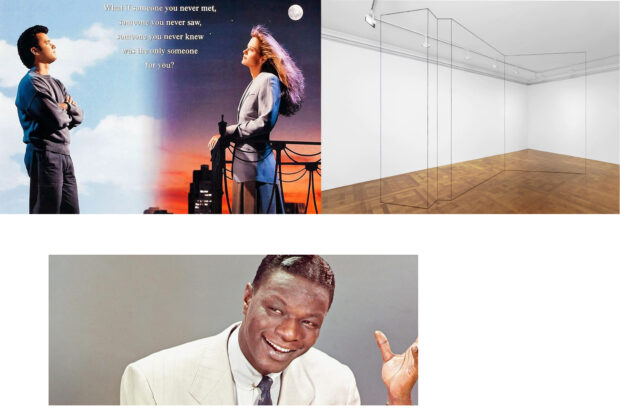


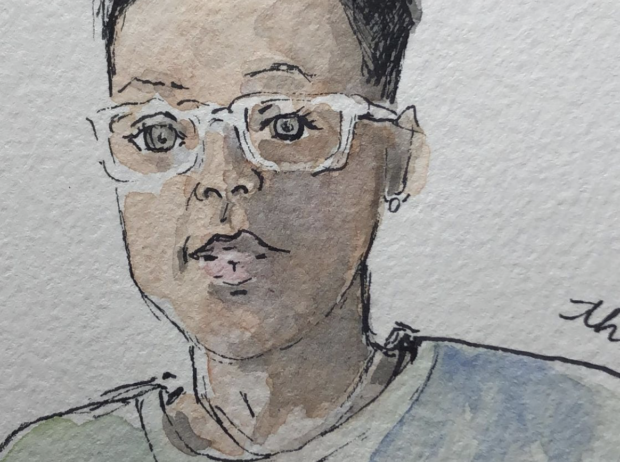
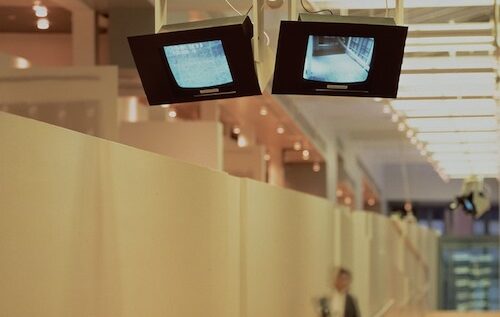

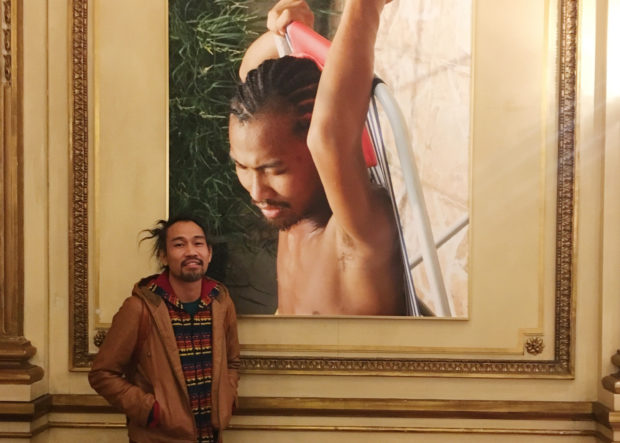
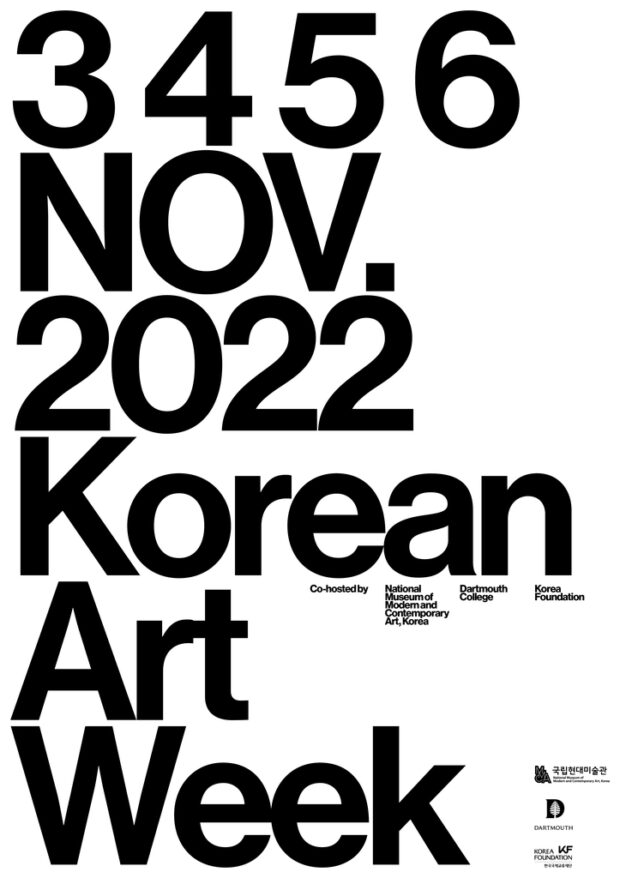


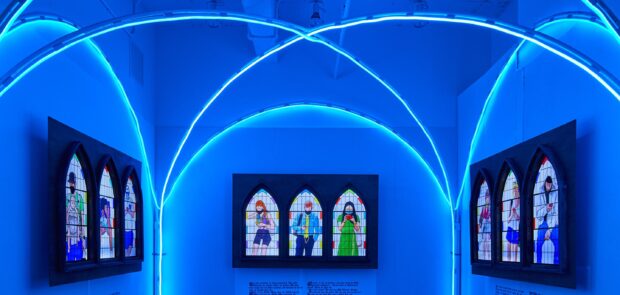

Be First to Comment